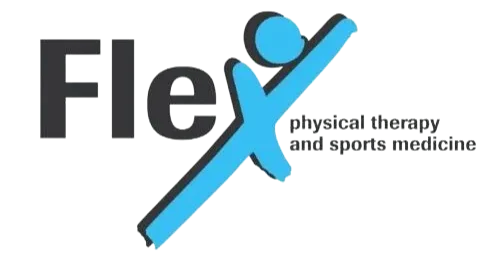
What Is a Stroke?
A stroke is a serious medical condition that occurs when the blood supply to a part of the brain is interrupted or reduced, depriving brain tissue of oxygen and nutrients. This can lead to brain damage and a range of physical, cognitive, and emotional challenges. Millions of people worldwide are affected by strokes each year.
Fortunately, physical therapy plays a vital role in stroke recovery, helping individuals regain mobility, rebuild strength, restore independence, and improve their overall quality of life.
Request an AppointmentHow Physical Therapy Helps After a Stroke
Stroke rehabilitation is highly personalized and depends on the location and severity of the stroke. Physical therapists tailor each treatment plan to the patient’s specific symptoms and goals. Here’s how therapy helps:
1. Improving Range of Motion
Stroke can lead to muscle stiffness, joint immobility, and contractures.
- Passive range of motion (ROM): The therapist moves the patient’s limbs to maintain flexibility and joint health.
- Active ROM: The patient initiates and controls their own movement, helping regain independence.
These exercises prevent muscle shortening and maintain or improve mobility in the affected limbs.
2. Strengthening Muscles
Muscle weakness, especially on one side of the body, is common after a stroke.
- Physical therapists use weights, resistance bands, and bodyweight exercises to gradually rebuild muscle strength.
- These exercises improve the ability to perform daily activities such as walking, standing, or lifting objects.
3. Balance and Coordination Training
Strokes can affect coordination and increase the risk of falls. Therapists use exercises to retrain balance and spatial awareness:
- Standing on one leg
- Navigating uneven surfaces
- Tossing or catching a ball
These help restore the confidence needed to safely walk and move.
4. Gait Training
Walking again is often one of the main goals after a stroke.
Therapists use:
- Treadmill walking
- Overground training
- Assistive devices (like walkers or canes)
Gait training improves walking mechanics, leg strength, and endurance—paving the way for greater independence.
5. Functional Training for Daily Activities
Everyday tasks like dressing, grooming, or cooking can be challenging post-stroke.
Physical therapists simulate real-life scenarios to help patients relearn these essential skills in a safe, supportive environment.
6. Electrical Stimulation
Therapists may use electrical stimulation to activate weak or paralyzed muscles:
- Enhances muscle contraction
- Improves circulation
- Reduces pain and stiffness
This technique is often combined with exercise therapy for greater results.
The Role of Physical Therapy in Stroke Recovery
Stroke patients often face a variety of symptoms including:
- Muscle weakness or paralysis (often one-sided)
- Impaired balance and coordination
- Difficulty with speech and swallowing
- Memory and cognitive challenges
While other treatments—such as medications or surgery—may be necessary, physical therapy is central to long-term recovery. It addresses the physical deficits caused by stroke, helps restore independence, and improves overall well-being.
Get Started with Stroke Rehabilitation
If you or a loved one has experienced a stroke, early intervention with physical therapy can make a significant difference.
A licensed physical therapist will assess your condition and create a custom rehabilitation plan focused on mobility, strength, function, and confidence.
Don’t wait. Stroke recovery is most effective when treatment begins as soon as possible. Contact your healthcare provider or physical therapy clinic today to explore your options and begin the journey toward healing and independence.
